Mastering Rice and Peas From Scratch
12 min read Learn authentic Caribbean methods to master rice and peas from scratch, enhancing your culinary skills and enriching your knowledge of Caribbean flavors. October 02, 2025 21:05
Mastering Rice and Peas From Scratch: A Cousine Journey into Saint Kitts and Nevis
Harvested from lush, sun-kissed islands where vibrant culture and rich history blend seamlessly into every fold of the local kitchen, rice and peas hold a revered place in Saint Kitts and Nevis cuisine. This humble dish, bursting with flavors, textures, and stories, is much more than a simple staple—it’s a symbol of community, resilience, and the spirited soul of the Caribbean. Embarking on a journey to master rice and peas from scratch invites you into a culinary world where every grain tells a story, every spice dances on the palate, and every simmering pot whispers tradition.
Let’s dive deep into this vibrant culinary heritage, exploring how to prepare authentic rice and peas that reflect the soul of Saint Kitts and Nevis, with tips, cultural insights, and personal touches that transform a basic dish into a heartfelt masterpiece.
The Cultural Canvas: Rice and Peas in Saint Kitts and Nevis
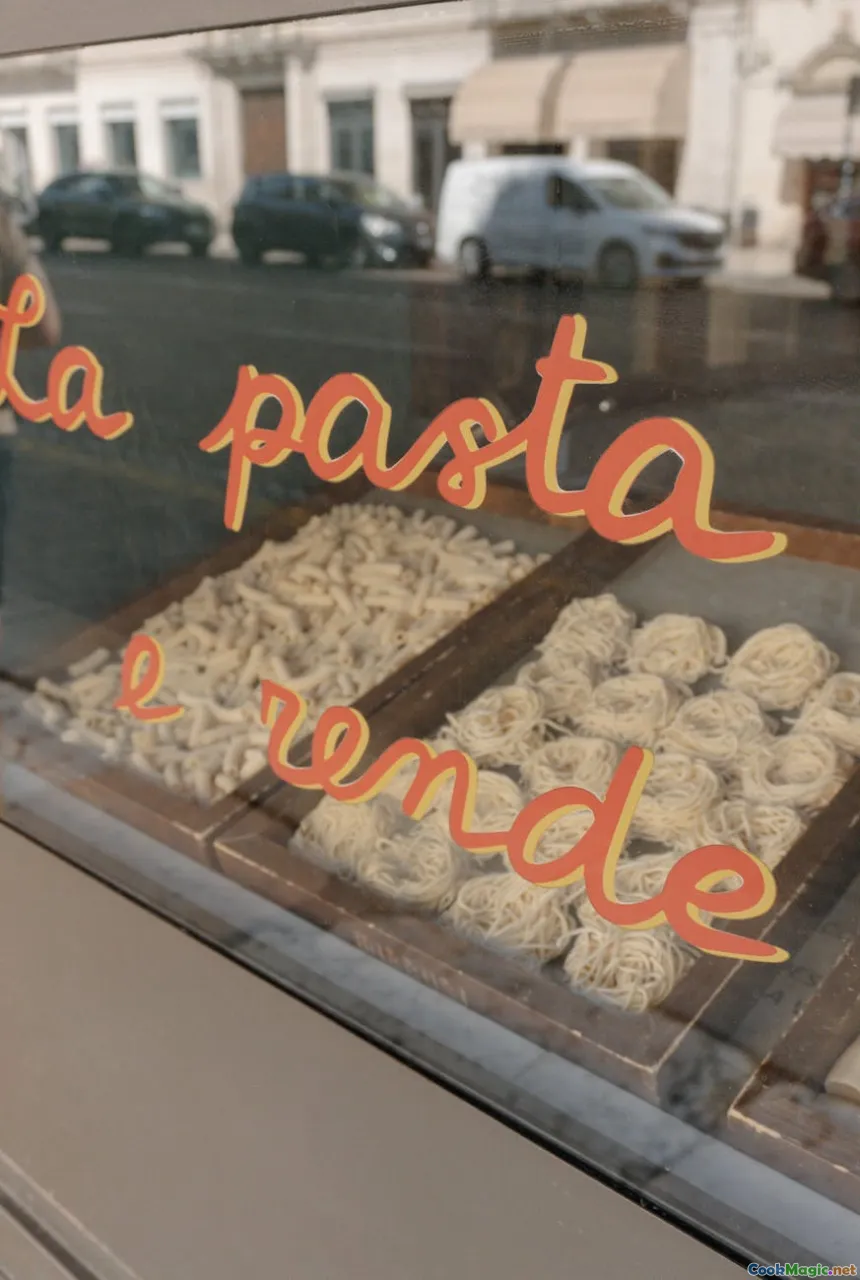
The islands of Saint Kitts and Nevis are woven with stories, music, dance, and culinary traditions that echo the resilience of their ancestors. Rice and peas, known locally as "peas and rice," serve as a cornerstone of these traditions—offering nourishment and community gathering. Historically, enslaved Africans and indentured workers brought with them flavorful legumes and rice varieties that adapted beautifully to Caribbean spices and cooking techniques.
In Nevis, you’ll find small street vendors expertly preparing their version—the aroma of spiced herbs, aromatic coconut milk, and the tangy brightness of lime often waft through the air. On Saint Kitts, it's part of Sunday feasts, festive celebrations, and even everyday family dinners, unifying generations around a bowl of comforting, fragrant rice alongside hearty peas.
Mastering this dish means not only replicating its taste but also understanding its cultural heartbeat—the joy, resilience, and communal spirit it embodies.
Selecting the Perfect Beans: The Foundation of Flavor
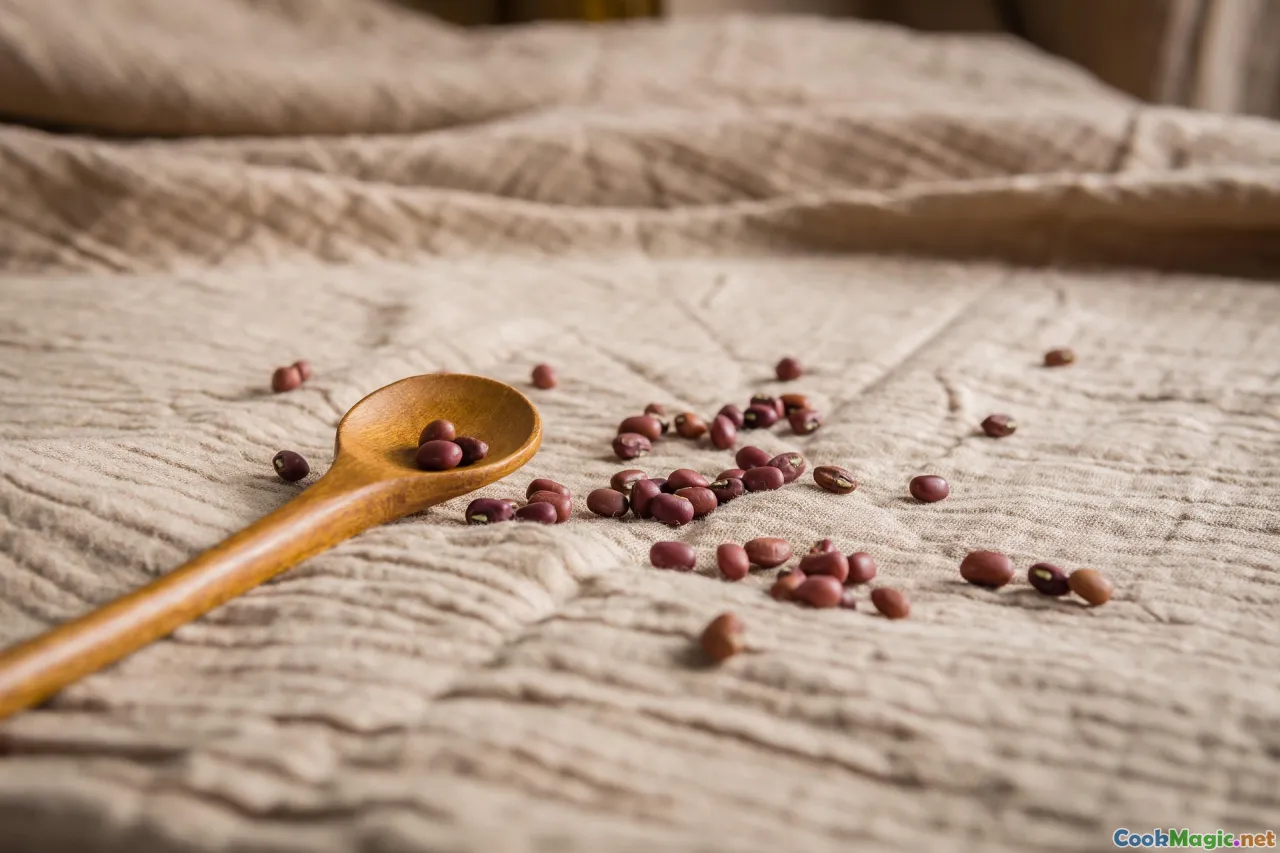
To truly appreciate the essence of Saint Kitts and Nevis rice and peas, choosing the right legumes is essential. Traditionally, pigeon peas (Cajanus cajan) are used for their firm texture and nutty flavor that holds up well during long cooking times. But kidney beans or black-eyed peas are also popular options, especially depending on regional availability.
Tips:
- Opt for dried peas for superior flavor and texture. Soak them overnight in plenty of water—this reduces cooking time and enhances digestibility.
- For an authentic taste, Millennials and seasoned cooks alike praise the use of freshly harvested pigeon peas from local markets, where the beans’ earthy aroma hints at days of sun and tradition.
Personal insight: I found that soaking legumes a day before cooking allows their flavors to deepen. When you cook them slowly in seasoned broth, the beans become tender but not mushy—a critical detail that lends authentic character.
The Rice: Choosing the Right Grain
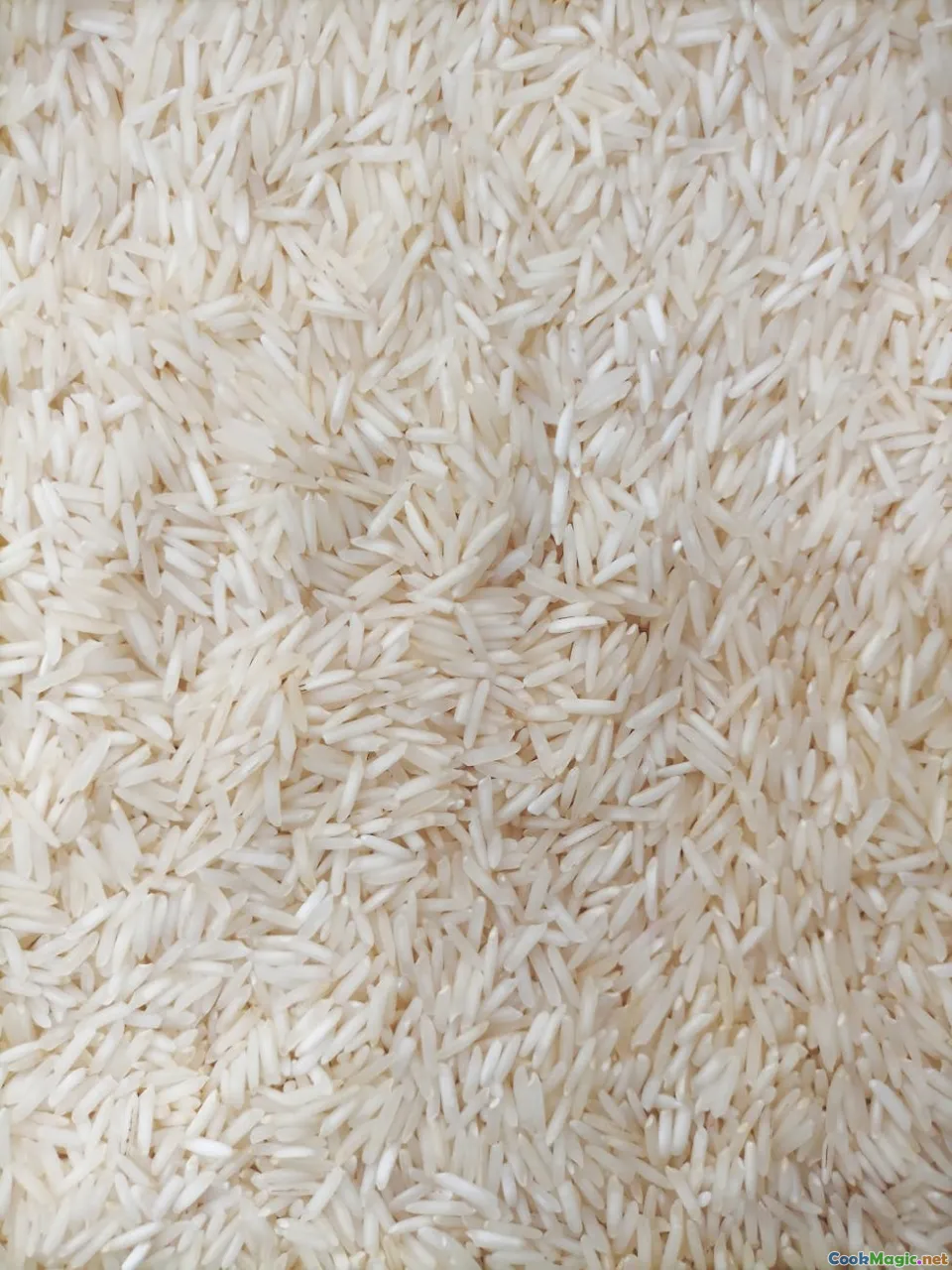
Long-grain rice is traditionally favored for its fluffy texture and ability to absorb flavors without clumping. Coconut rice, which is a popular variation in Saint Kitts and Nevis, adds a fragrant sweetness that elevates the dish.
Pro tip: While jasmine rice works well, investing in Caribbean or Basmati rice enhances the aromatic profile—adding a subtle floral or nutty note that complements the beans.
Building Flavor: Herbs, Spices, and Aromatics
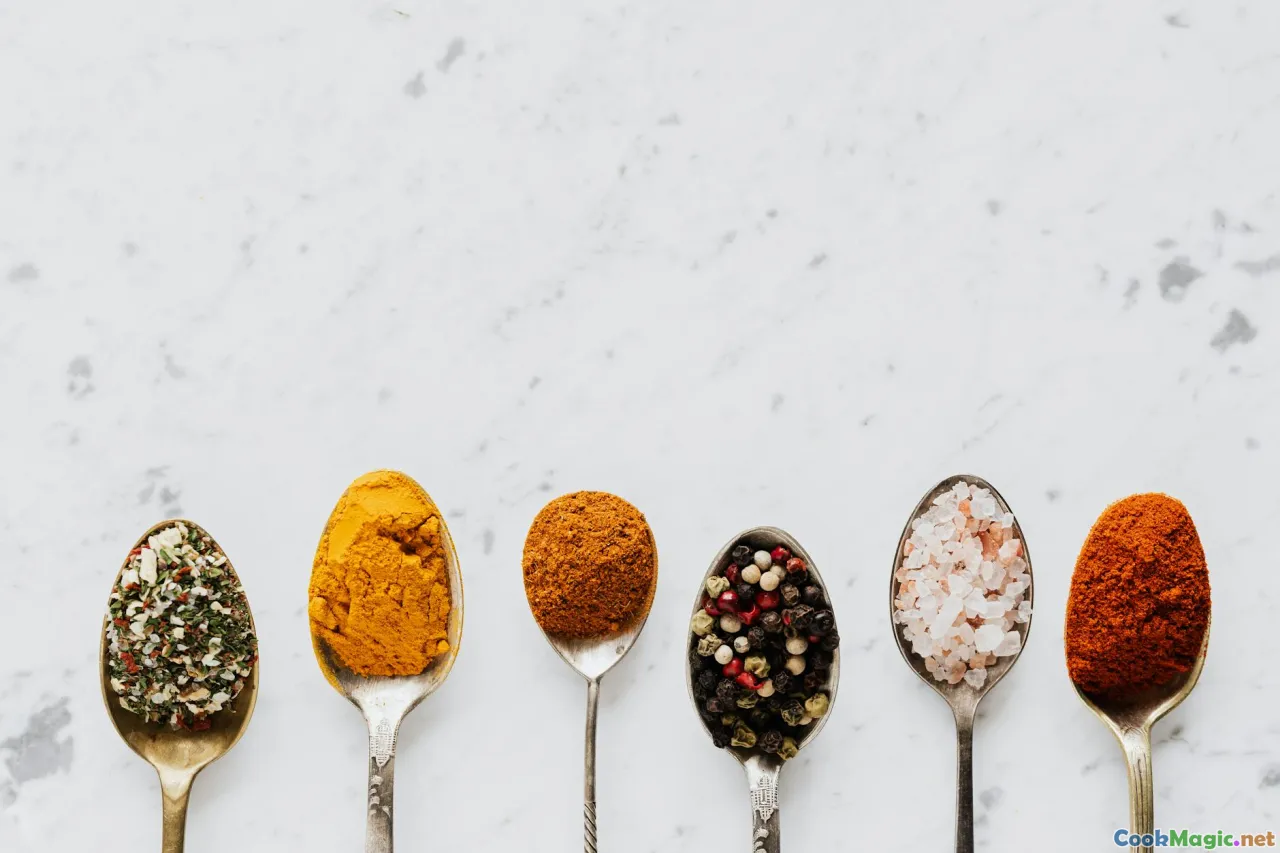
No rice and peas recipe is complete without a thoughtfully crafted blend of herbs and spices. Caribbean cuisine thrives on bold, layered flavors—think fresh thyme, bay leaves, garlic, onions, and scotch bonnet peppers.
- Fresh thyme: For earthy, herbal notes; local markets source sprigs that impart a distinct aroma.
- Garlic and onions: The aromatic base; diced finely, they soften and sweeten as they cook.
- Scotch bonnet peppers: For heat and complexity; use with care, slicing or pounding to release their fiery oils.
- Coconut milk: Adds richness, sweetness, and silkiness, giving the dish a vibrant, tropical flavor. -Lime or lemon juice: Brightens the overall profile and balances the richness of coconut.Cooking tip: Use fresh herbs and pungent garlic to build a base that sings with authenticity. Toast the spices gently before adding liquids to intensify their flavor.
The Art of Cooking: Step-by-Step Approach
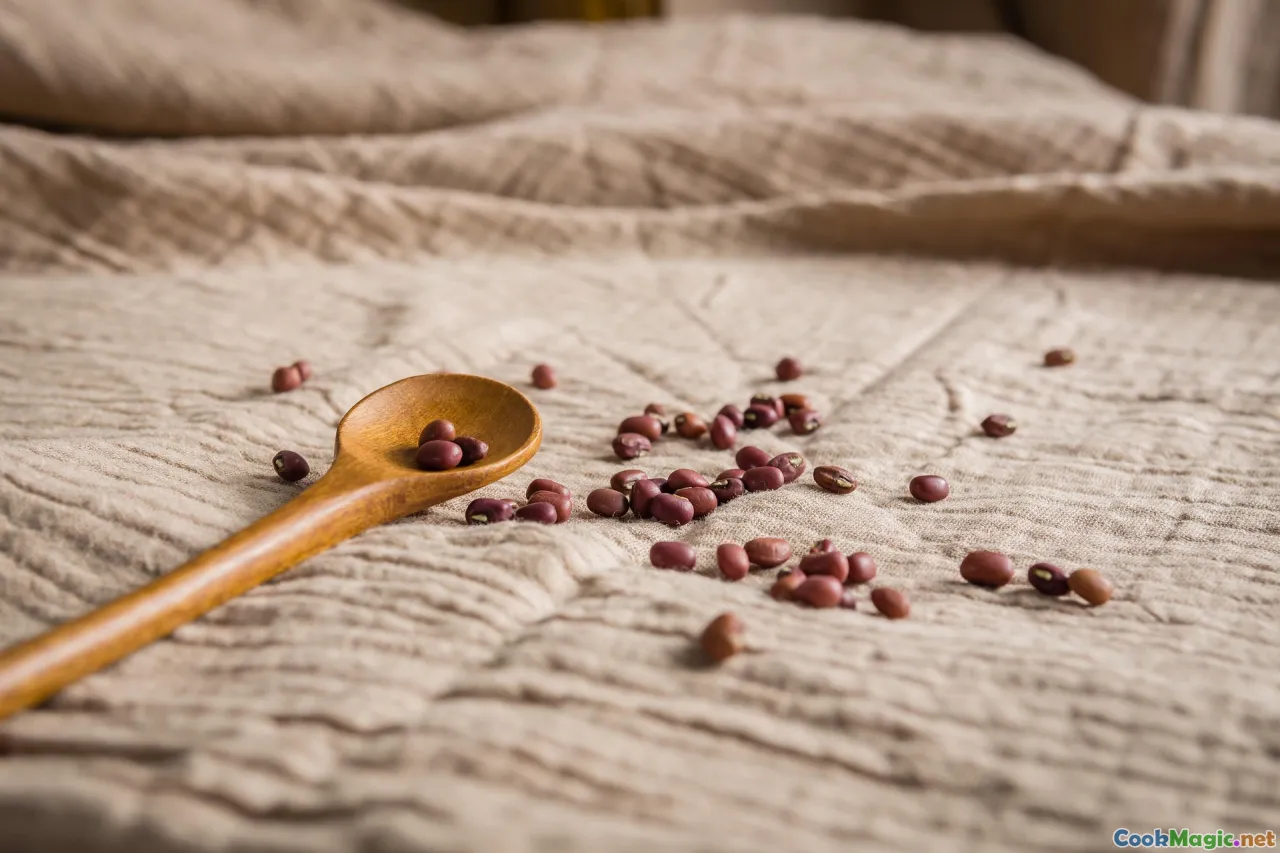
Creating perfect rice and peas from scratch requires patience and attention to detail. Here's a detailed walkthrough:
1. Prep the Legumes
- Rinse dried peas thoroughly.
- Soak in cold water overnight (or at least 4 hours). Drain thoroughly.
2. Cook the Beans
- In a large pot, add soaked peas, fresh water (covering the beans by about 2 inches), and a pinch of salt.
- Add half a chopped onion, a few sprigs of thyme, and a bay leaf.
- Bring to a gentle boil, then reduce to a simmer.
- Cook for approximately 45–60 minutes until the beans are tender but not falling apart. Skim foam as necessary.
3. Prepare the Aromatic Base
- In a separate large pot, heat a splash of oil or homemade coconut oil.
- Add diced onions, minced garlic, and chopped scotch bonnet chili.
- Sauté until fragrant and translucent.
- Incorporate optional spices like turmeric or allspice for color and depth.
4. Incorporate Liquids and Flavors
- Drain the cooked peas (saving some of the cooking liquid).
- Add to the aromatic base along with coconut milk, a splash of the reserved bean cooking liquid (for smoky depth), and additional water if needed.
- Stir in salt, pepper, and more thyme.
5. Add the Rice
- Rinse the rice until the water runs clear.
- Add rice to the pot, stir to coat rice with the flavored liquid.
- Cover tightly and cook on low heat for about 15–20 minutes or until the rice is fluffy and has absorbed the flavors.
6. Rest and Serve
- Let the dish rest for 5 minutes off heat.
- Fluff the rice gently with a fork.
- Finish with a squeeze of lime or lemon juice.
- Serve hot with a side of fried plantains, curried fish, or a fresh Caribbean salad.
Variations and Personal Touches

Every family and chef in Saint Kitts and Nevis adds their touch to rice and peas. Some incorporate seasoned salted fish, adding a smoky richness; others sprinkle chopped fresh herbs like cilantro or green onions on top. A few like to include diced carrots or bell peppers for extra color and sweetness.
For vegetarians or vegan adaptations, coconut milk and vegetable broth make a delicious, hearty foundation, maintaining the dish’s authentic spirit.
Troubleshooting Common Challenges
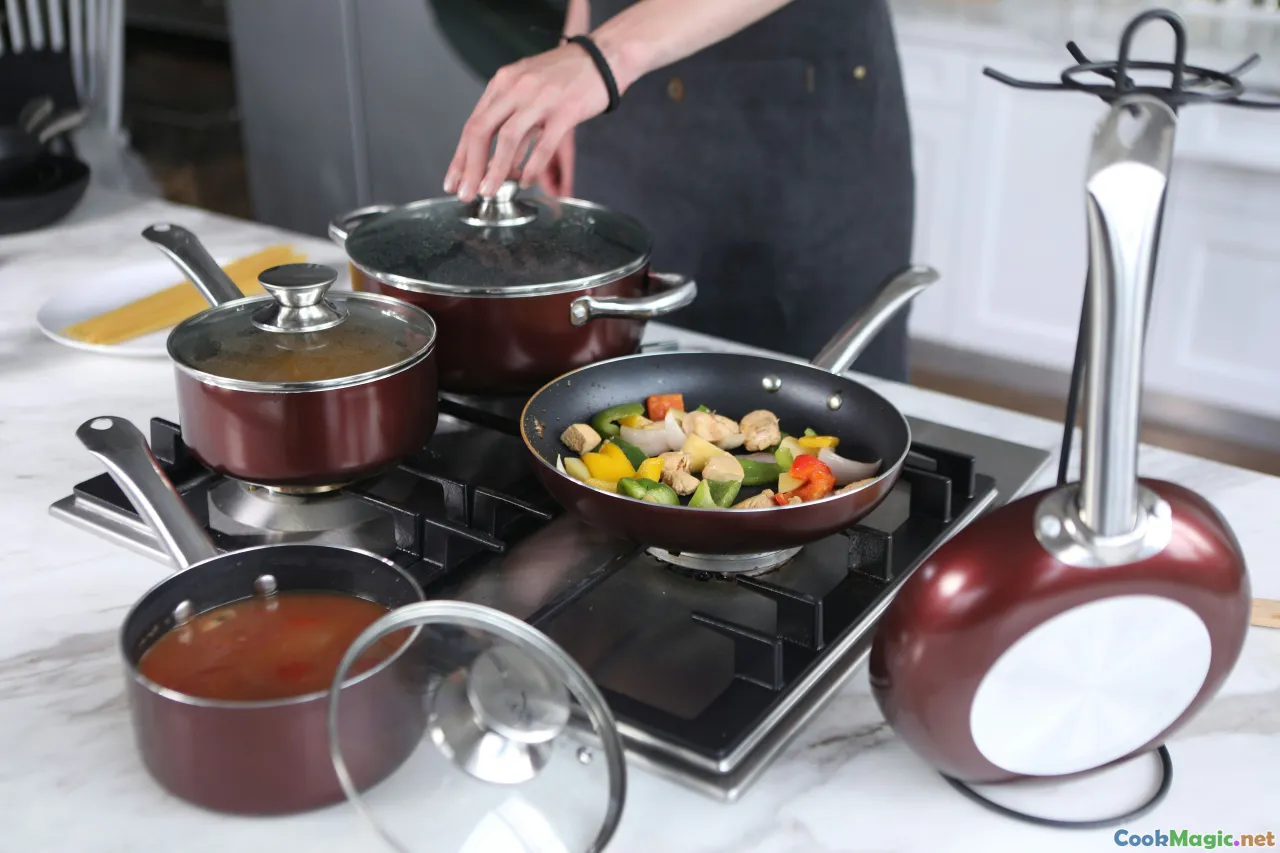
- Soggy rice? Use the right rice—ideally long-grain—and avoid adding excess water. Once cooked, remove from heat promptly.
- Undercooked beans? Extend cooking time or soak beans longer; adding a pinch of baking soda during soaking can soften beans quicker.
- Lack of flavor? Toast your spices, use fresh herbs, and don’t skimp on coconut milk—it’s the soul of the dish.
Final Reflections: A Dish Rich in Heritage and Heart
Mastering rice and peas from scratch is a beautiful journey into the culinary heart of Saint Kitts and Nevis. It’s about more than just learning the technique; it’s about understanding the meaning behind each ingredient, each step, and each simmering pot—tied to stories of resilience, family gatherings, and cultural pride.
When you serve your homemade rice and peas, consider it a gift from the islands—a testament to centuries of tradition and the joyful spirit of Caribbean hospitality. With patience, curiosity, and love, you can bring the soul of Saint Kitts and Nevis into your own kitchen and share its warmth with others.
Enjoy the process, savor every bite, and let this vibrant dish remind you of the enchanting islands where its flavors originate—a true celebration of Caribbean culinary heritage.









